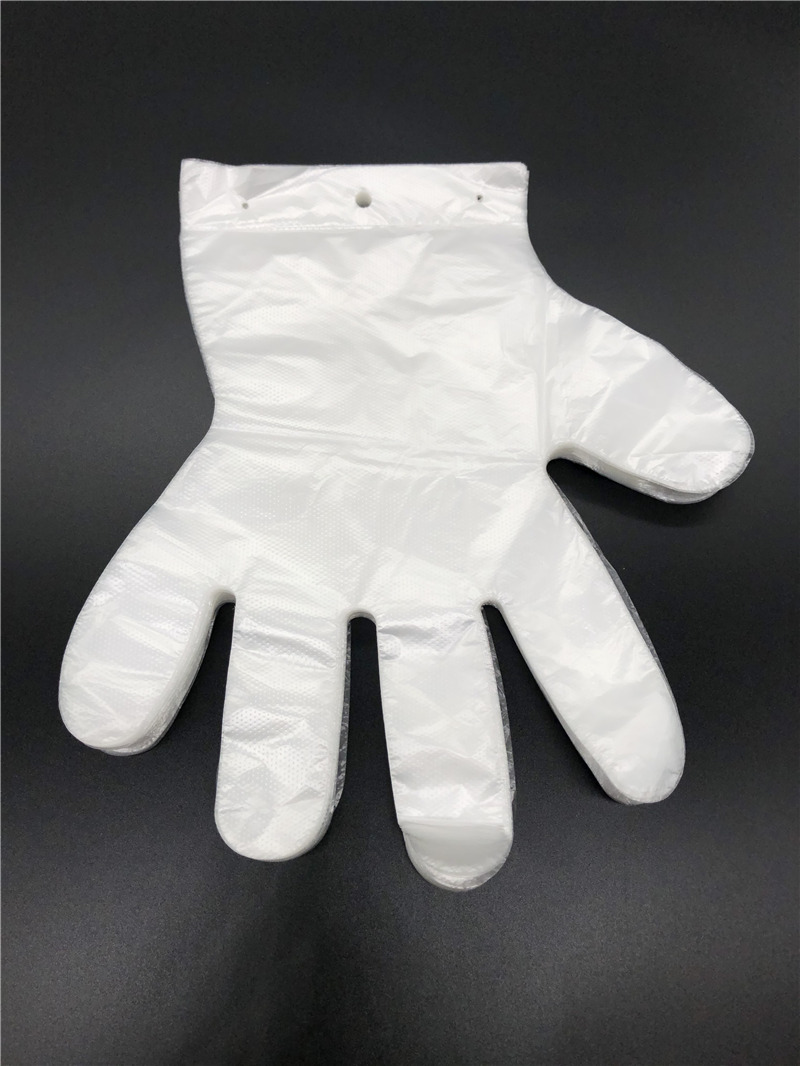Common types of disposable gloves
2023-11-22
Disposable gloves are single-use gloves made from various materials, including latex, nitrile, or vinyl. They are designed to protect the hands from contaminants, prevent the spread of infections, and offer a barrier against chemicals and other potentially harmful substances. Disposable gloves find applications in various industries, including healthcare, food service, laboratories, cleaning, and general hygiene practices. Here are some common types of disposable gloves:
1. Latex Gloves:
- Material: Made from natural rubber latex.
- Benefits: Latex gloves offer excellent elasticity, fit, and dexterity. They are commonly used in healthcare settings.
- Considerations: Some individuals may have latex allergies. In such cases, alternative materials like nitrile or vinyl may be suitable.
2. Nitrile Gloves:
- Material: Made from synthetic rubber (nitrile).
- Benefits: Nitrile gloves provide excellent resistance to punctures, chemicals, and oils. They are suitable for individuals with latex allergies.
- Considerations: Nitrile gloves may be more expensive than latex or vinyl gloves.
3. Vinyl Gloves:
- Material: Made from polyvinyl chloride (PVC).
- Benefits: Vinyl gloves are cost-effective and offer good resistance to certain chemicals. They are a suitable alternative for individuals with latex allergies.
- Considerations: They may not provide the same level of durability and puncture resistance as latex or nitrile gloves.
4. Powdered vs. Powder-Free Gloves:
- Powdered Gloves: Historically, gloves were powdered with cornstarch to make them easier to put on and take off. However, powdered gloves have fallen out of favor due to concerns about respiratory irritation and contamination.
- Powder-Free Gloves: Many disposable gloves are now powder-free, reducing the risk of allergic reactions and contamination.
5. Glove Thickness:
- Standard Thickness: Gloves are available in different thicknesses, with standard thicknesses ranging from 4 to 8 mil. Thicker gloves provide more protection but may sacrifice some tactile sensitivity.
6. Glove Size:
- Various Sizes: Disposable gloves come in various sizes (small, medium, large, etc.) to ensure a proper fit.
When using disposable gloves:
- Proper Use: Follow proper glove usage practices, including donning and doffing procedures.
- Hand Hygiene: Gloves are not a substitute for hand hygiene. Wash hands before putting on gloves and after removing them.
- Single-Use: Disposable gloves are designed for single-use and should be discarded after use.
- Selecting the Right Material: Consider the specific requirements of the task and the potential hazards when choosing between latex, nitrile, or vinyl gloves.
It's essential to adhere to safety guidelines and standards when using disposable gloves to ensure effective protection and hygiene.



